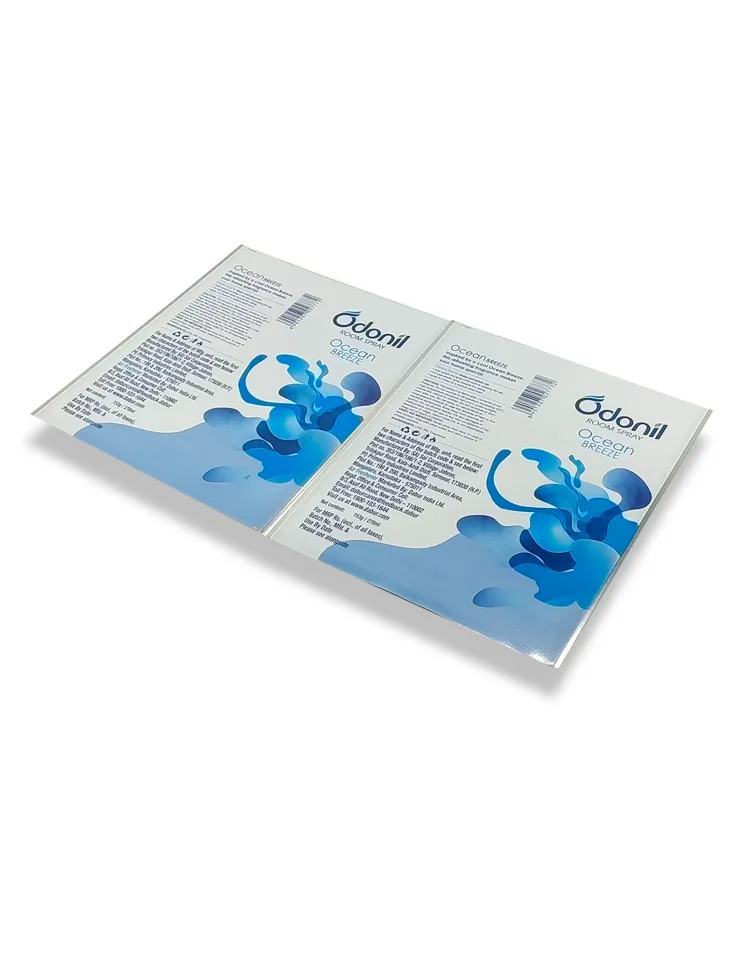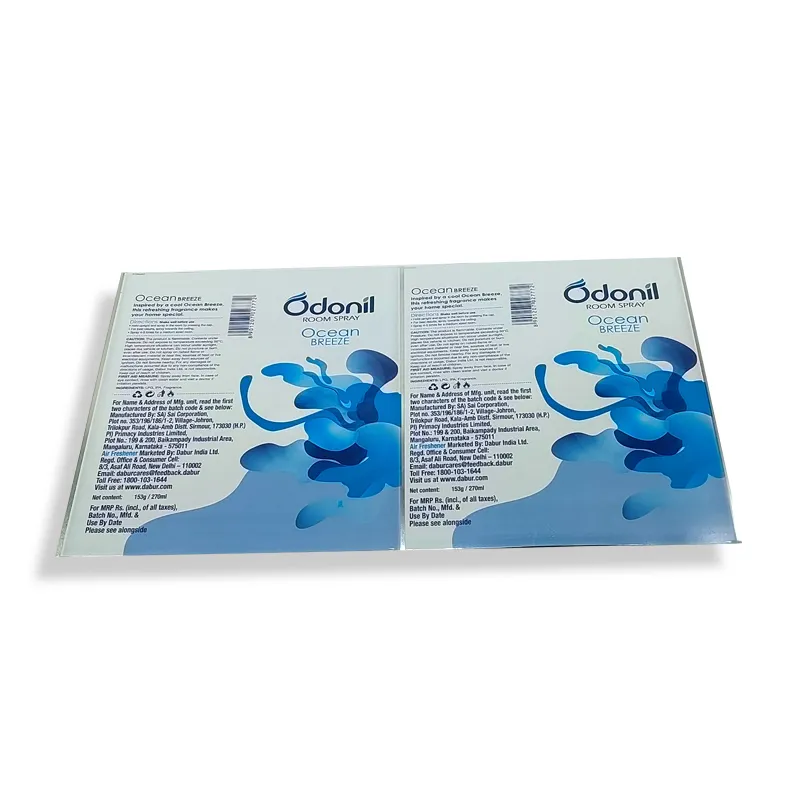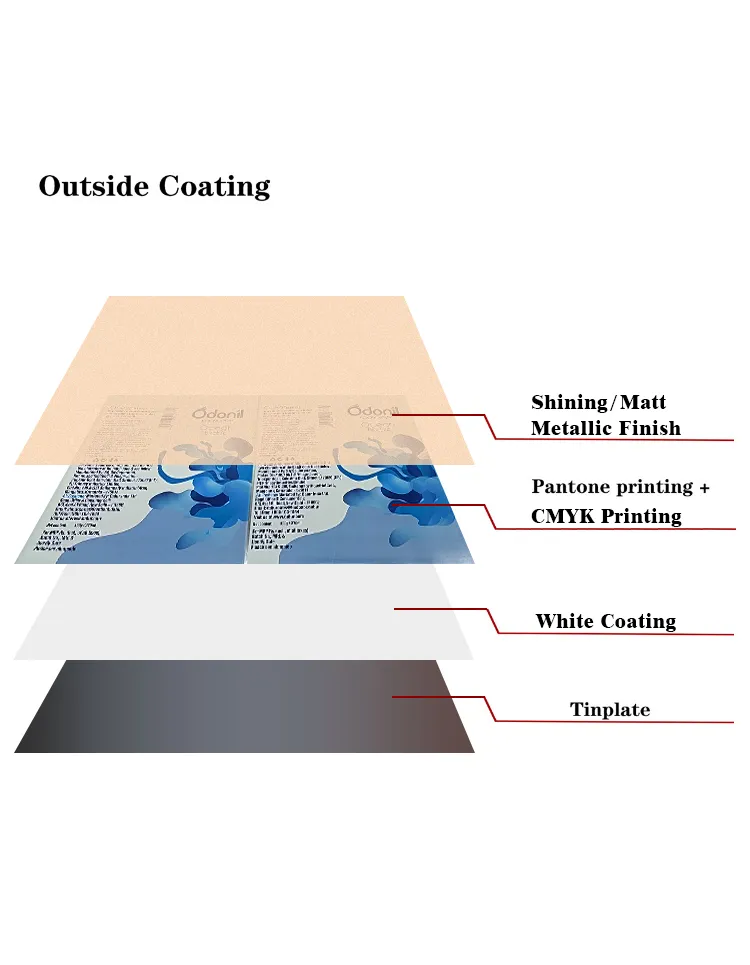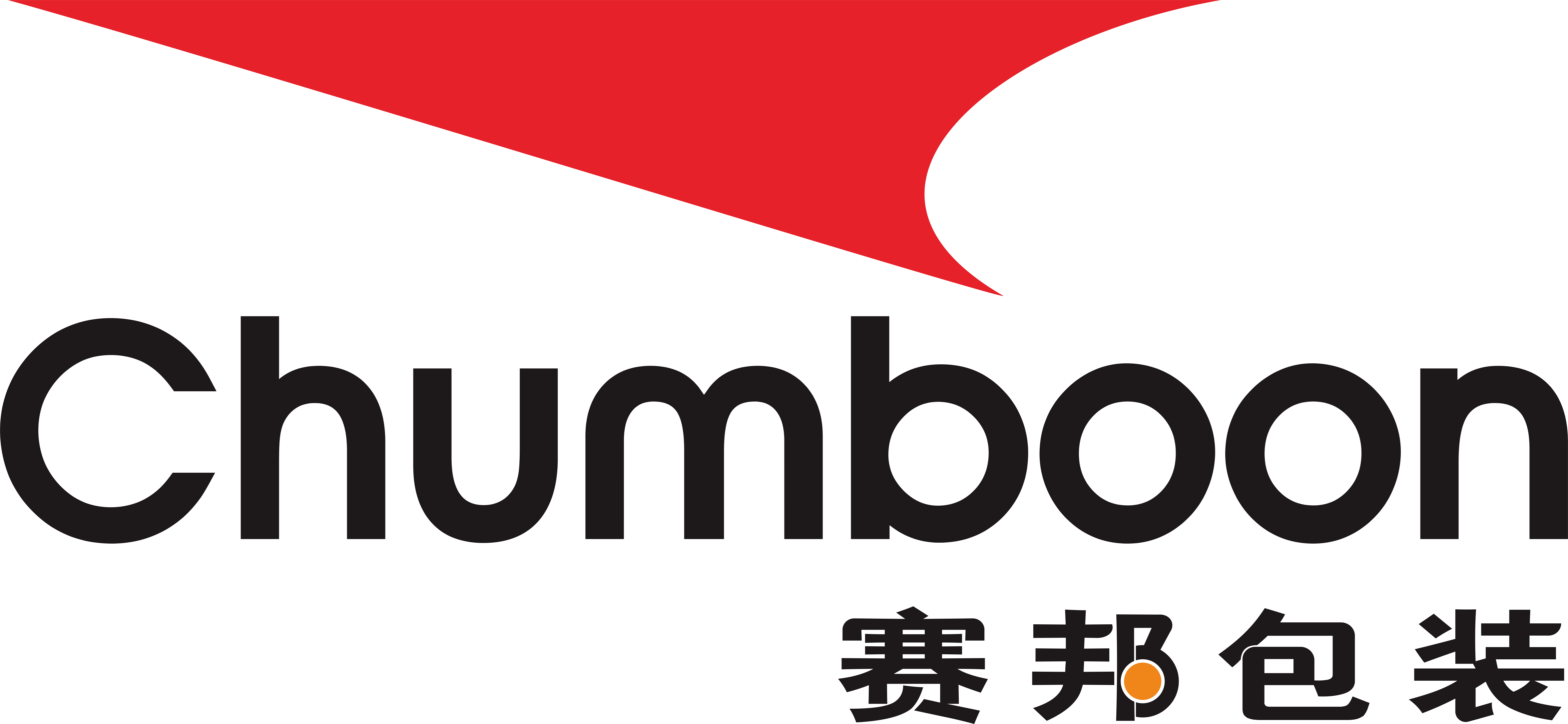As an important packaging material, tinplate sheet is widely used in food, beverage, chemical, electronics and other industries. Its surface printing not only plays a role in beautiful decoration, but also carries product information and brand image.
However, in the process of tinplate printing, blurred patterns are a common and troublesome problem. This not only affects the appearance quality of the product, but also may damage the brand image and consumers' desire to buy.
This article will start with the reasons for the blurred tinplate printing patterns and explore in depth the effective measures to solve this problem.

What is the reason for the blurred tinplate printing pattern?
Ink quality problem
Ink is one of the most critical materials in the printing process, and its quality directly affects the clarity and color vividness of the printed pattern. Inferior ink may have problems such as poor fluidity and rough particles, resulting in blurred patterns.
Printing equipment failure
The precision and stability of printing equipment have an important impact on printing quality. If the equipment fails or the precision is insufficient, it may cause uneven pressure and unstable speed during the printing process, causing blurred patterns.
Improper printing process control
Each link in the printing process, such as inking, ink transfer, drying, etc., will affect the clarity of the pattern. If the process is not properly controlled, such as too much or too little ink, uneven ink transfer, incomplete drying, etc., the pattern will be blurred.
Poor surface treatment of the substrate
The surface treatment quality of the tinplate sheet substrate is also an important factor affecting the printing effect. If the surface of the substrate is uneven or there are impurities, it is difficult for the ink to adhere evenly, which will lead to blurred patterns.
Environmental factors
The temperature, humidity, dust and other factors in the printing environment will also affect the printing effect. Too high or too low temperature, too humid or too dry environment, dust particles in the air, etc. will interfere with the printing process and cause blurred patterns.

How to solve the problem of blurred patterns in tinplate printing?
In view of the above reasons, the following measures can be taken to solve the problem of blurred patterns in tinplate printing:
Improve the quality of ink
Choosing high-quality ink is the basis for ensuring clear printed patterns. High-quality ink should have the following characteristics:
● Good fluidity: The ink should have appropriate viscosity and fluidity, and can be evenly attached to the surface of the substrate.
● Fine particles: The pigment particles in the ink should be fine and uniform to avoid blurred patterns caused by coarse particles.
● Strong lightfastness and weather resistance: The ink should have good lightfastness and weather resistance to ensure that the pattern does not fade or blur during long-term use.
Maintain and upgrade printing equipment
Regular maintenance and upgrading of printing equipment are important measures to ensure printing quality. Specifically include:
● Regularly check the accuracy of equipment: Ensure that the accuracy of each component of the printing equipment meets the standard to avoid blurring of the printed pattern due to equipment failure.
● Timely replacement of old equipment: For equipment that has been used for a long time and has degraded performance, it should be replaced or upgraded in time to ensure the printing effect.
● Train operators: Improve the technical level of operators to ensure correct equipment operation and precise process control.
Optimize printing process
Optimizing the printing process can effectively improve the clarity of the pattern. Specific measures include:
● Reasonable control of the amount of ink: According to the requirements of the pattern and the characteristics of the substrate, the amount of ink should be reasonably controlled to avoid too much or too little ink.
● Ensure uniform ink transfer: By adjusting the ink transfer system, ensure that the ink is evenly transferred during the printing process to avoid uneven patterns.
● Improve the drying process: Reasonably control the drying temperature and time to ensure that the ink is fully cured to avoid blurring of the pattern caused by incomplete drying.
Improve the surface treatment of substrates
High-quality surface treatment of tinplate substrates can improve the adhesion of ink and printing effect. Specific measures include:
● Surface cleaning: Thoroughly clean the surface of the substrate before printing to remove impurities such as oil, dust, etc. to ensure a clean and flat surface.
● Surface flatness: Improve the flatness of the substrate surface through mechanical processing or chemical treatment to avoid blurred patterns caused by uneven surfaces.
● Primer coating: Apply a layer of primer on the surface of the substrate to improve the adhesion of the ink, reduce the flow of ink during printing, and ensure clear patterns.
Control the printing environment
Controlling factors such as temperature, humidity, and dust in the printing environment can improve the clarity of the printed pattern. Specific measures include:
● Maintain appropriate temperature and humidity: The printing workshop should maintain appropriate temperature and humidity to avoid interference with the printing process caused by excessively high or low temperatures and excessive or low humidity.
● Reduce dust and impurities: The printing workshop should be kept clean, and dust and impurities should be cleaned regularly to reduce the impact of particles in the air on the printing process.
● Good ventilation: Maintain good ventilation in the printing workshop to ensure air circulation and reduce the interference of harmful gases and impurities on the printing process.

Actual case analysis
Through the analysis of some actual cases, we can better understand and solve the problem of blurred tinplate printing patterns.
Tinplate can printing case of a food company
When a food company produces tinplate cans, it is found that the printed patterns are often blurred. After analysis, it is found that the main reasons are unstable ink quality and aging of printing equipment. The company has taken the following measures:
● Replace high-quality ink to ensure the fluidity and particle fineness of the ink.
● Comprehensive maintenance and partial upgrade of printing equipment to ensure equipment accuracy and stability.
● By optimizing the printing process, the amount of ink and drying time are reasonably controlled.
After improvement, the blurring of printed patterns has been significantly reduced, the product quality has been greatly improved, and customer satisfaction has been significantly improved.
Tinplate barrel printing case of a chemical company
When a chemical company produces tinplate barrels, it is found that the printed patterns often have color difference and blurring problems. After analysis, it is found that the main reasons are improper surface treatment of the substrate and poor printing environment. The company has taken the following measures:
● Strictly clean and level the surface of the substrate to ensure that the surface is clean and flat.
● Apply primer before printing to improve the adhesion of the ink and the printing effect.
● Improve the environment of the printing workshop, control temperature, humidity and reduce dust.
After the improvement, the clarity and color consistency of the printed pattern have been significantly improved, and the product quality has been highly praised by customers.
Conclusion
The problem of blurred tinplate printing patterns is one of the important factors affecting product quality. This problem can be effectively solved by improving ink quality, maintaining and upgrading printing equipment, optimizing printing processes, improving substrate surface treatment and controlling the printing environment, and improving the clarity and beauty of printed patterns.
In actual production, enterprises should take targeted improvement measures according to specific circumstances, continuously optimize printing processes and technologies, improve product quality, and meet market demand.

